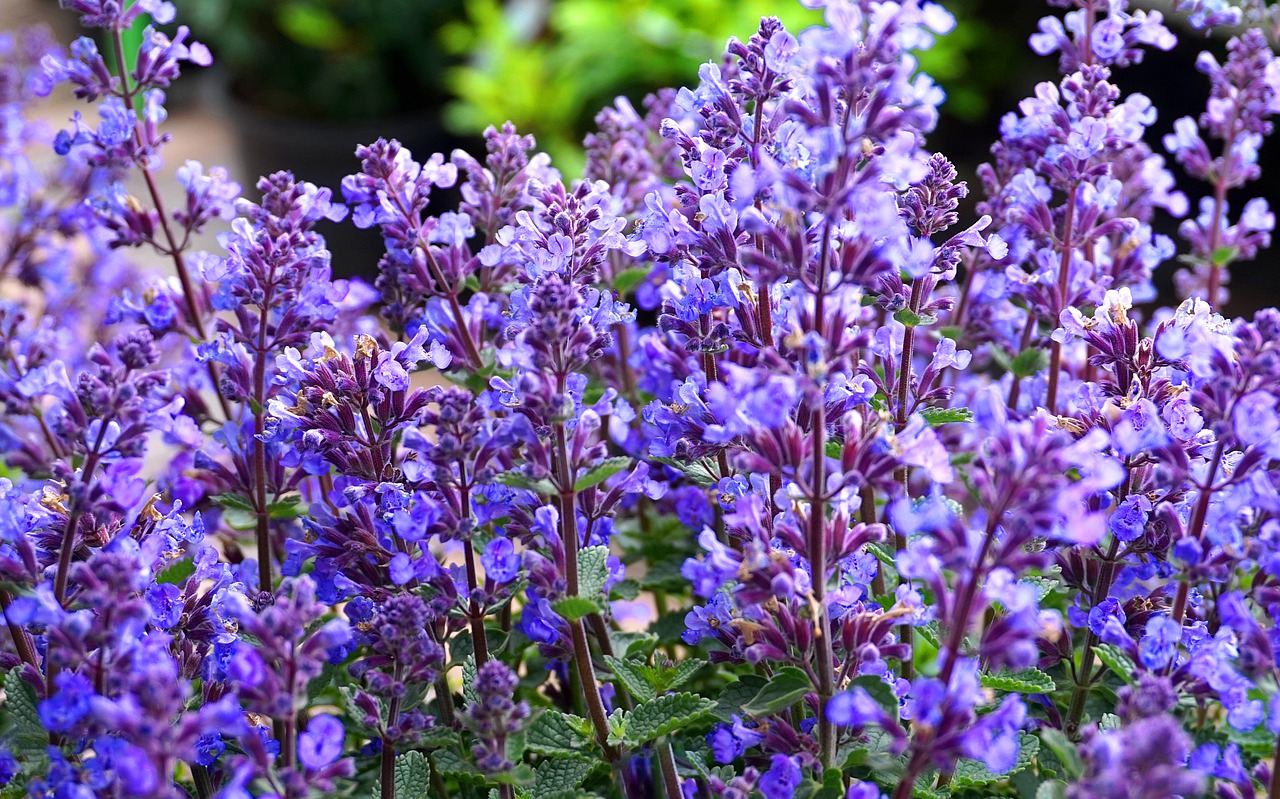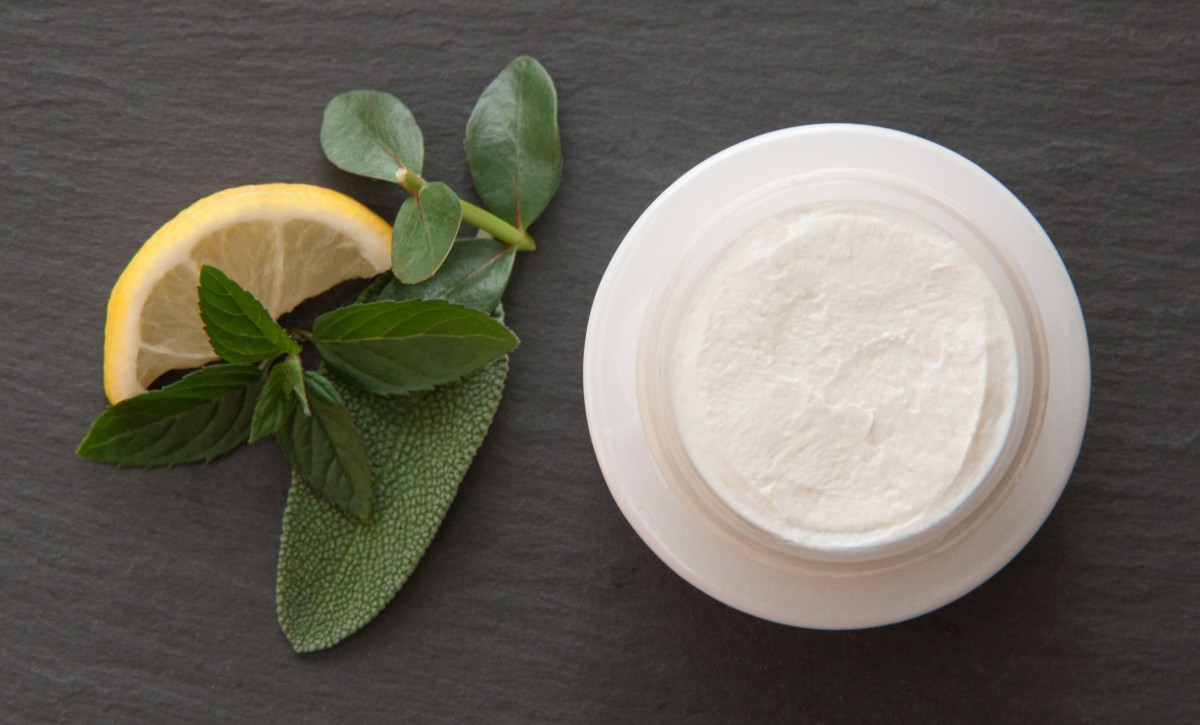
How to Make Sage Tea
The lively flavor profile of sage makes it perfect for culinary dishes and brewing as a hot drink or iced tea. The sage leaves feature a touch of citrus, mint, and eucalyptus flavors that are perfect for unwinding after an arduous day. Find out how to make sage tea and learn more about its uses and side effects.
What Is Sage Tea?
Sage tea is made from the leaves of the sage plant known by the botanical name Salvia officinalis. The tea can be made using fresh sage leaves from your garden or from dried sage leaves. You can also find the tea leaves in tea bags.
The sage plant is part of the mint family that includes peppermint, giving it a slightly invigorating and tingling flavor profile. The plant is native to the Mediterranean but can be found throughout the American, European, and Asian continents.
Sage tea offers a pine-laden flavor that has hints of eucalyptus and citrus. The herbal tea may have a mildly astringent flavor, but good blends are balanced by a naturally sweet note.

Uses and Health Benefits of Sage
Sage tea is commonly used to help soothe a sore throat and for its relaxing properties. Studies show that sage tea has similar pain-soothing properties as lidocaine when easing symptoms of an acute sore throat (1). You can sip the tea to help reduce pain or use it as part of a saltwater gargle. This herbal tea is naturally caffeine-free so you can unwind with a tasty cup even late at night.
The tea has also been shown to help decrease the severity and occurrence of hot flashes in menopausal women (2). Research shows the tea may also help with other menopausal symptoms such as night sweats and hormonal imbalances (3).
This herbal tea also boasts a high concentration of antioxidants — including flavonoids —that can help to decrease inflammation and eliminate free radicals. The anti-inflammatory properties may help to alleviate joint pain when consumed regularly.
Sage tea is also a popular Chinese herbal remedy for supporting healthy heart function. Research published in 2013 found that sage tea helped to modulate blood pressure and blood sugar levels. Regular consumption resulted in decreased bad cholesterol levels and a reduced risk of heart disease (4).
Researchers attribute many of the benefits of sage tea to chemical constituents including rosmarinic acid, luteolin, thujone, and apigenin. These compounds work to decrease chronic inflammation, which can cause serious long-term damage to cellular processes (5).
Sage tea may also help you reach your weight loss goals when combined with a healthy diet and regular exercise. This herbal tea is naturally calorie-free so you can use it as a tasty replacement for sugary soft drinks and juices.
The tea offers a refreshing flavor that is more palatable than a boring cup of water — without adding any calories or sugars. Make sure to limit the addition of sweeteners such as cane sugar and honey to keep this beverage weight-loss plan friendly.

Side Effects of Sage Tea
Sage tea leads to few side effects when consumed properly. The tea may cause allergic reactions in people who are sensitive to the sage plant. Avoid drinking this tea if you are allergic to sage or if you experience a rash, irritation, or difficulty breathing.
Drinking excessive amounts of sage tea may cause an upset stomach and nausea. Limit your consumption to three to six cups of sage tea each day to avoid adverse side effects.
Pregnant women should not drink sage tea as it produces effects similar to estrogen. Sage tea may increase the risk of miscarriage. Always talk to a qualified healthcare professional before consuming herbal teas to fully understand the possible side effects.

How to Make Sage Tea
A simple sage tea recipe involves boiling water, sage leaves, and optional sweeteners. This herbal tea should be brewed with water at boiling temperatures — 212 degrees Fahrenheit. Always make sure to use spring water or filtered water for the best flavor.
Ingredients:
- 1 teaspoon dried sage leaves or 1 tablespoon fresh sage leaves
- 8-10 ounces of water
- Sweetener - honey, agave, lemon juice (OPTIONAL)
Instructions:
- Boil water in a pan or tea kettle.
- Pour the boiling water into a teacup and add the sage leaves using a tea ball or strainer.
- Steep for 5 to 8 minutes. The longer the steeping time, the stronger the flavor will become.
- Remove the tea leaves, add sweetener if desired and enjoy!
Sage Iced Tea Recipe
Ingredients:
- 6 cups water
- 3 teaspoons fresh sage leaves
- 2 teaspoons fresh mint leaves
- 1 teaspoon Cup & Leaf Egyptian Chamomile Tea
- Ice cubes
- Sweetener - (OPTIONAL) - liquid sweeteners can be added to cold water while solid sugars should be added when the water is still hot.
Instructions:
- Bring water to a rapid boil in a large saucepan.
- Add the herbs and tea leaves and reduce heat to low.
- Simmer for 10 minutes. Remove the leaves and let the mixture cool to room temperature. Add in any solid sugars before the mixture cools.
- Serve immediately in large glasses filled with ice cubes or store in the refrigerator for later use.

Satisfying Sage
Sage is a popular spice that is used in culinary dishes and extracted into essential oils for use in aromatherapy. The pungent leaves can also be infused in hot water to make sage tea.
Sage tea offers a tasty flavor with notes of mint, eucalyptus, and citrus. The flavor profile makes it the perfect addition to liven up a cup of black tea or when consumed as-is.
The plant has a rich history of use in traditional medicine where it helps to modulate blood glucose levels and increase relaxation. The tea features very few side effects though women who are pregnant and people with sage or related allergies should avoid the tea.
Sources:
1. https://www.ncbi.nlm.nih.gov/pmc/articles/PMC3351972/
2. https://www.ncbi.nlm.nih.gov/pubmed/21630133
4. https://www.ncbi.nlm.nih.gov/pubmed/24050577
5. https://www.ncbi.nlm.nih.gov/pmc/articles/PMC4926454/
The lively flavor profile of sage makes it perfect for culinary dishes and brewing as a hot drink or iced tea. The sage leaves feature a touch of citrus, mint, and eucalyptus flavors that are perfect for unwinding after an arduous day. Find out how to make sage tea and learn more about its uses and side effects.
What Is Sage Tea?
Sage tea is made from the leaves of the sage plant known by the botanical name Salvia officinalis. The tea can be made using fresh sage leaves from your garden or from dried sage leaves. You can also find the tea leaves in tea bags.
The sage plant is part of the mint family that includes peppermint, giving it a slightly invigorating and tingling flavor profile. The plant is native to the Mediterranean but can be found throughout the American, European, and Asian continents.
Sage tea offers a pine-laden flavor that has hints of eucalyptus and citrus. The herbal tea may have a mildly astringent flavor, but good blends are balanced by a naturally sweet note.

Uses and Health Benefits of Sage
Sage tea is commonly used to help soothe a sore throat and for its relaxing properties. Studies show that sage tea has similar pain-soothing properties as lidocaine when easing symptoms of an acute sore throat (1). You can sip the tea to help reduce pain or use it as part of a saltwater gargle. This herbal tea is naturally caffeine-free so you can unwind with a tasty cup even late at night.
The tea has also been shown to help decrease the severity and occurrence of hot flashes in menopausal women (2). Research shows the tea may also help with other menopausal symptoms such as night sweats and hormonal imbalances (3).
This herbal tea also boasts a high concentration of antioxidants — including flavonoids —that can help to decrease inflammation and eliminate free radicals. The anti-inflammatory properties may help to alleviate joint pain when consumed regularly.
Sage tea is also a popular Chinese herbal remedy for supporting healthy heart function. Research published in 2013 found that sage tea helped to modulate blood pressure and blood sugar levels. Regular consumption resulted in decreased bad cholesterol levels and a reduced risk of heart disease (4).
Researchers attribute many of the benefits of sage tea to chemical constituents including rosmarinic acid, luteolin, thujone, and apigenin. These compounds work to decrease chronic inflammation, which can cause serious long-term damage to cellular processes (5).
Sage tea may also help you reach your weight loss goals when combined with a healthy diet and regular exercise. This herbal tea is naturally calorie-free so you can use it as a tasty replacement for sugary soft drinks and juices.
The tea offers a refreshing flavor that is more palatable than a boring cup of water — without adding any calories or sugars. Make sure to limit the addition of sweeteners such as cane sugar and honey to keep this beverage weight-loss plan friendly.

Side Effects of Sage Tea
Sage tea leads to few side effects when consumed properly. The tea may cause allergic reactions in people who are sensitive to the sage plant. Avoid drinking this tea if you are allergic to sage or if you experience a rash, irritation, or difficulty breathing.
Drinking excessive amounts of sage tea may cause an upset stomach and nausea. Limit your consumption to three to six cups of sage tea each day to avoid adverse side effects.
Pregnant women should not drink sage tea as it produces effects similar to estrogen. Sage tea may increase the risk of miscarriage. Always talk to a qualified healthcare professional before consuming herbal teas to fully understand the possible side effects.

How to Make Sage Tea
A simple sage tea recipe involves boiling water, sage leaves, and optional sweeteners. This herbal tea should be brewed with water at boiling temperatures — 212 degrees Fahrenheit. Always make sure to use spring water or filtered water for the best flavor.
Ingredients:
- 1 teaspoon dried sage leaves or 1 tablespoon fresh sage leaves
- 8-10 ounces of water
- Sweetener - honey, agave, lemon juice (OPTIONAL)
Instructions:
- Boil water in a pan or tea kettle.
- Pour the boiling water into a teacup and add the sage leaves using a tea ball or strainer.
- Steep for 5 to 8 minutes. The longer the steeping time, the stronger the flavor will become.
- Remove the tea leaves, add sweetener if desired and enjoy!
Sage Iced Tea Recipe
Ingredients:
- 6 cups water
- 3 teaspoons fresh sage leaves
- 2 teaspoons fresh mint leaves
- 1 teaspoon Cup & Leaf Egyptian Chamomile Tea
- Ice cubes
- Sweetener - (OPTIONAL) - liquid sweeteners can be added to cold water while solid sugars should be added when the water is still hot.
Instructions:
- Bring water to a rapid boil in a large saucepan.
- Add the herbs and tea leaves and reduce heat to low.
- Simmer for 10 minutes. Remove the leaves and let the mixture cool to room temperature. Add in any solid sugars before the mixture cools.
- Serve immediately in large glasses filled with ice cubes or store in the refrigerator for later use.

Satisfying Sage
Sage is a popular spice that is used in culinary dishes and extracted into essential oils for use in aromatherapy. The pungent leaves can also be infused in hot water to make sage tea.
Sage tea offers a tasty flavor with notes of mint, eucalyptus, and citrus. The flavor profile makes it the perfect addition to liven up a cup of black tea or when consumed as-is.
The plant has a rich history of use in traditional medicine where it helps to modulate blood glucose levels and increase relaxation. The tea features very few side effects though women who are pregnant and people with sage or related allergies should avoid the tea.
Sources:
1. https://www.ncbi.nlm.nih.gov/pmc/articles/PMC3351972/
2. https://www.ncbi.nlm.nih.gov/pubmed/21630133
